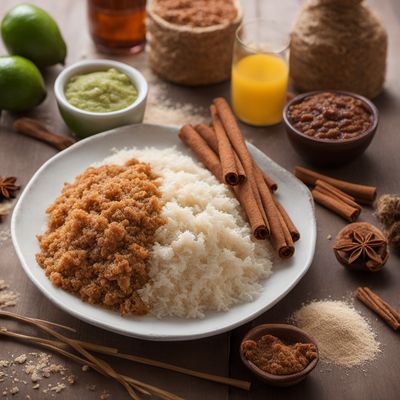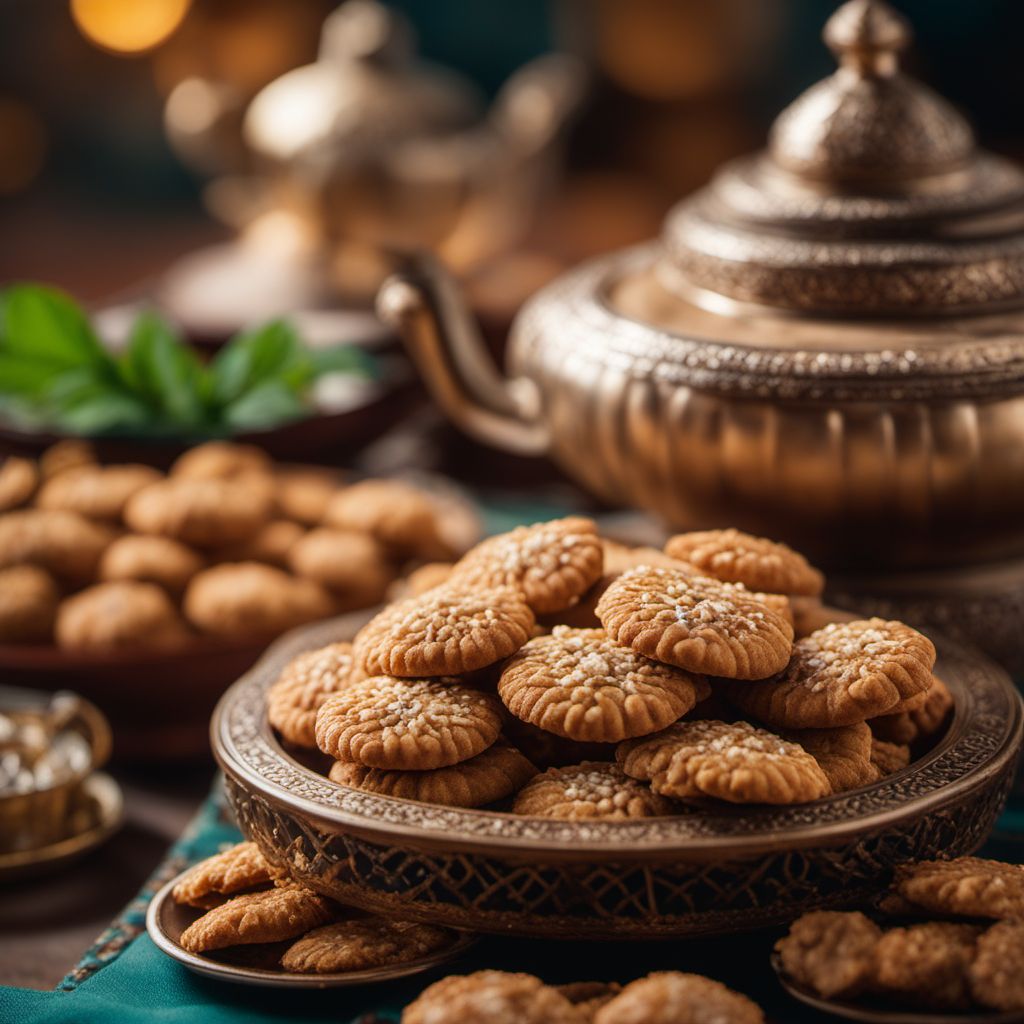
Dish
Ghoriba
Ghoriba are made with a combination of flour, sugar, butter, and almonds or sesame seeds. The dough is rolled into small balls, which are then flattened and baked until golden brown. The cookies are often dusted with powdered sugar or cinnamon before serving. Ghoriba are a popular treat throughout Morocco, and are often given as gifts to friends and family.
Origins and history
Ghoriba have been a part of Moroccan cuisine for centuries, and are believed to have originated in the Andalusian region of Spain. They were brought to Morocco by Muslim refugees in the 15th century, and quickly became a popular treat throughout the country. Today, ghoriba are still a popular treat in Morocco, and are often sold in bakeries and cafes.
Dietary considerations
Ghoriba are not suitable for those with gluten allergies, as they contain flour. They are also not suitable for those with nut allergies if almonds or sesame seeds are used. Ghoriba are high in calories and should be enjoyed in moderation.
Variations
There are many variations of ghoriba, including those that are flavored with lemon or orange zest, or those that are filled with jam or cream. Some recipes also call for the addition of pistachios or other nuts.
Presentation and garnishing
Ghoriba are typically presented on a decorative plate or platter, and are often garnished with a sprinkle of powdered sugar or a small flower. They can also be served in a decorative tin or box, making them a great gift idea.
Tips & Tricks
To achieve the crumbly texture of ghoriba, it is important to handle the dough gently and not overwork it. It is also important to use high-quality butter and flour for the best flavor. If using nuts, make sure they are finely ground to avoid a gritty texture.
Side-dishes
Ghoriba are often enjoyed on their own or with a cup of mint tea.
Drink pairings
Ghoriba are often enjoyed with a cup of mint tea, and can also be paired with a glass of sweet dessert wine.
Delicious Ghoriba recipes
More dishes from this category... Browse all »
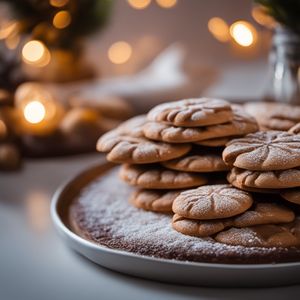
Aachener Printen
German cuisine
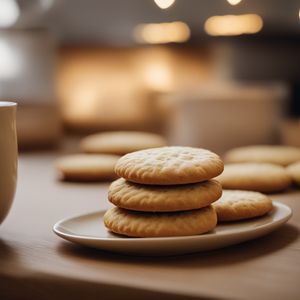
Aberffraw Biscuit
Welsh cuisine
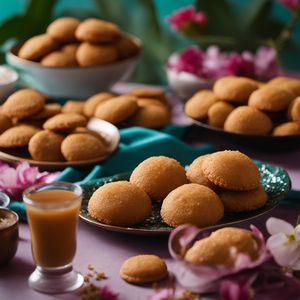
Achappam
Indian cuisine

Acıbadem kurabiyesi
Turkish cuisine

Afghan Biscuit
New Zealand cuisine

Alfajores
South American cuisine

Almendrados
Spanish cuisine
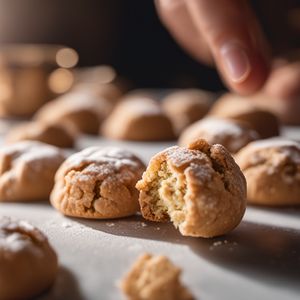
Amaretti
Italian cuisine
More cuisines from this region... Browse all »

Algerian cuisine
Spicy, Savory, Rich, Bold, Aromatic

Berber cuisine
Spicy, Savory, Aromatic, Bold, Earthy

Egyptian cuisine
Spicy, Savory, Aromatic, Bold, Earthy

Libyan cuisine
Spicy, Savory, Aromatic, Bold, Earthy

Mauritanian cuisine
Spicy, Savory, Aromatic, Bold, Earthy

Sudanese cuisine
Spicy, Flavorful, Hearty, Aromatic
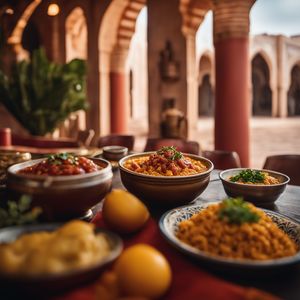
Tunisian cuisine
Spicy, Flavorful, Aromatic, Bold
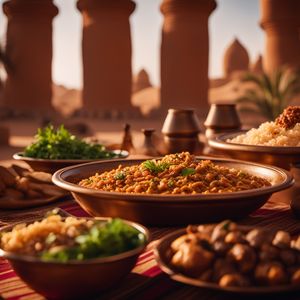
Western Saharan cuisine
Spicy, Flavorful, Hearty, Aromatic

